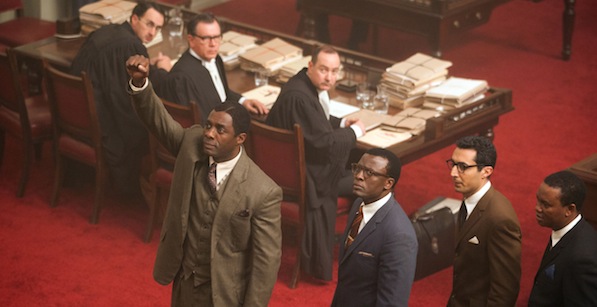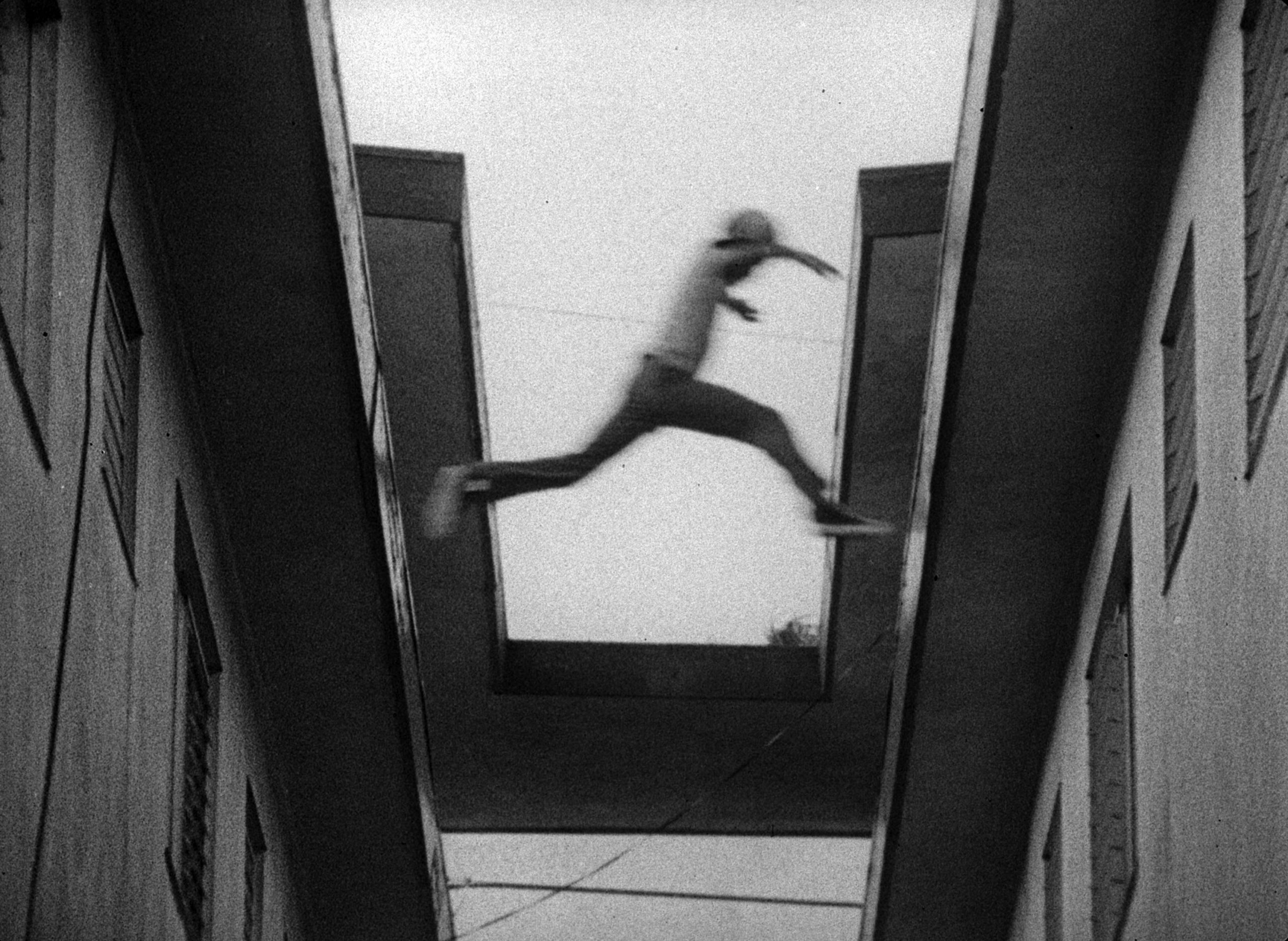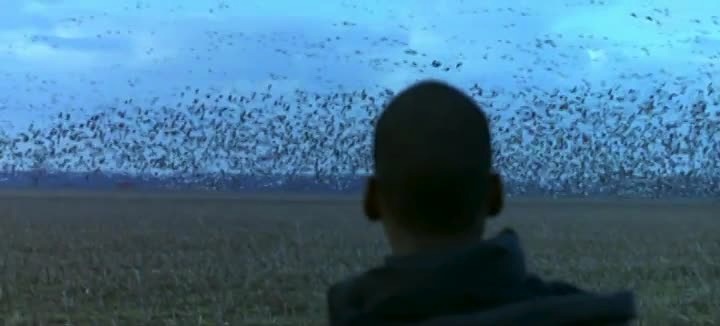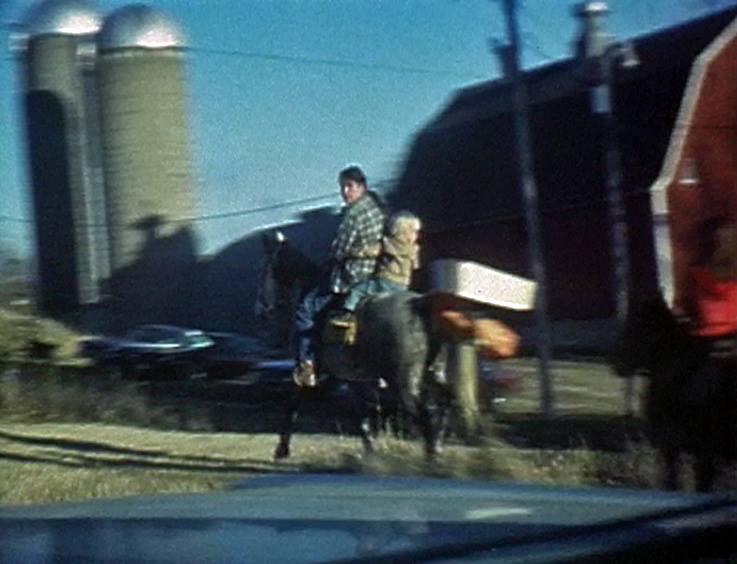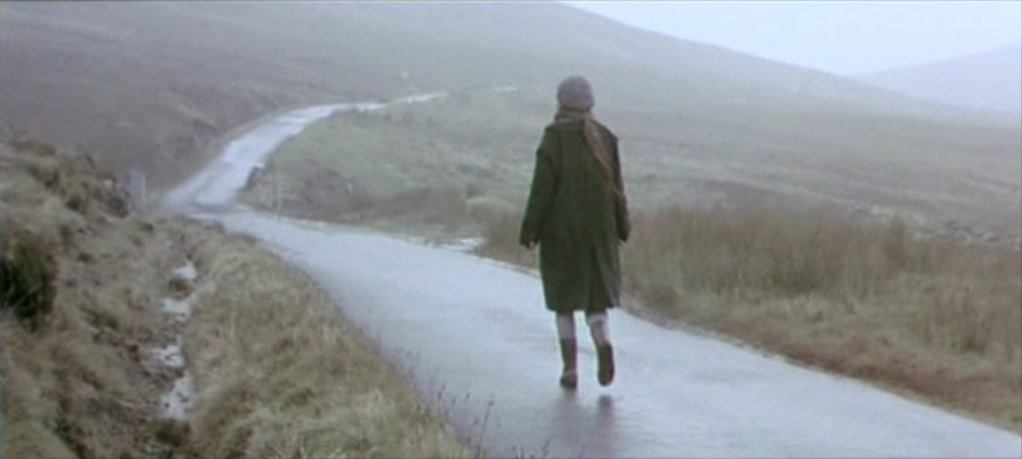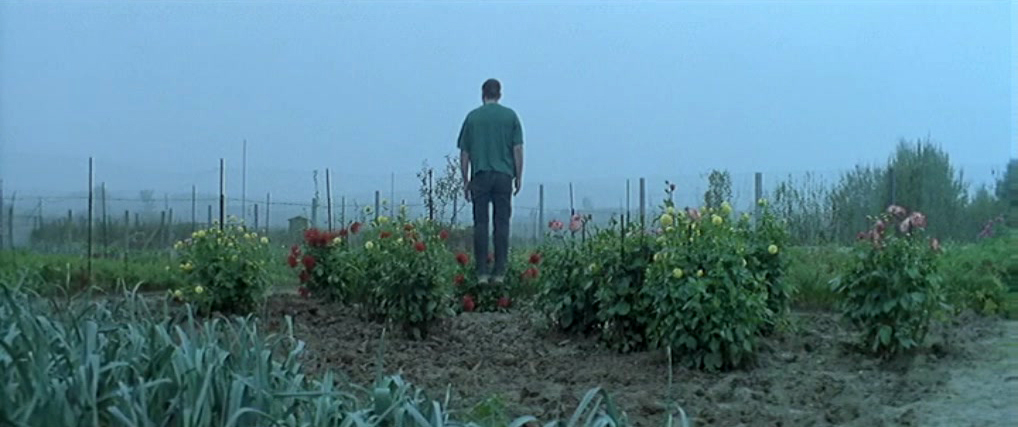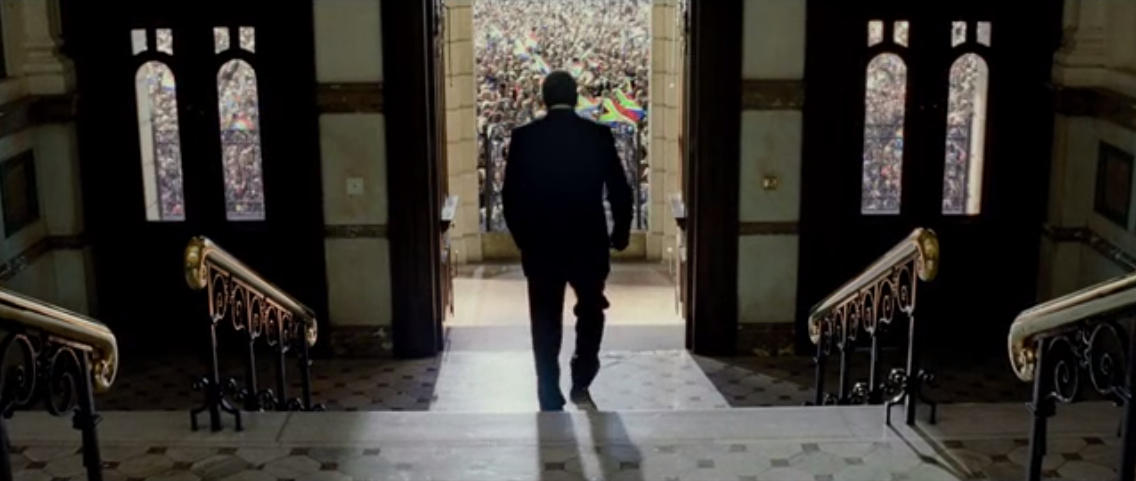Five years ago, a subtle American independent film set in the Mississippi Delta by a first-time director stunned moviegoers at the Sundance Film Festival. Variety heralded it as an “extraordinary debut.” The New York Times’ Manohla Dargis called it “a serious achievement and a welcome sign of a newly invigorated American independent cinema.” The Boston Globe’s Wesley Morris’ wrote “This is the most significant feature about poor black life since Charles Burnett’s 1977 Killer of Sheep.”
But while Lance Hammer’s Ballast was highly lauded by critics, it was largely overlooked when the director mounted a theatrical release in October, 2008—it earned under a $100,000. And while Hammer has yet to make another feature, Ballast can claim to have propelled the highly promising career of young British cinematographer Lol Crawley, whose latest film Mandela: Long Walk to Freedom opens in theaters this fall. The D.P. has come a long way in five years.
Since completing his intuitive handheld camerawork and evocative landscape shooting on Ballast, Crawley has lent his eye to a number of visually distinctive independent features, including Duane Hopkins’s Better Things, Andrew Okpeaha MacLean’s On the Ice and Braden King’s Here. He also shot the Brit indie Four Lions and the Bill Murray art-house comedy Hyde Park on Hudson.
Crawley spoke to Keyframe about transience, intimate epics and the importance of being slightly out of control.
Keyframe: You’ve made some powerfully visual films–Ballast, Better Things, Here—is there some visual language that you’re drawing from or inspired by?
Lol Crawley: As a kid, I remember in the early days of Channel Four, there was a TV series called Road Dreams, with an American guy who lives in the U.K. named Elliot Bristow. He basically traveled around the United States filming these silent 8mm films, and they had this beautiful guitar-picking on the soundtrack and I remember being struck by these. In a similar vein, I remember being struck by early REM videos: I was very taken with this idea of travel and transience. It wasn’t until after shooting Ballast that I remembered these Road Dreams films, and I realized the connection between them: This aching, slightly melancholic introspection. I also love shooting from cars, planes and trains. I love that sense of not being pinned down in this moment. More than anything, what I connect with is the same thing I connect with in music: an exploration of self. I’m drawn to music like that, I’m drawn to imagery like that, and I see the two leaking into each other. With films like Ballast and Here, especially, there’s a tone and a level of self-examination that allows me visually to explore those things.
Keyframe: How did you guys visually conceive of Ballast?
Crawley: Early on, we had conversations before we met. He had some firm ideas of the kind and look and feel, he referenced the Dardennes brothers and we talked about Breaking the Waves. And he came to me because he liked the idea of having someone who had worked with non-actors. And we were trying to reduce the trappings of filmmaking, and wanting a purer and simpler approach
We looked at storyboards, but pretty soon after, we realized that wasn’t the way to approach it. The other thing was he had quite a lot of rehearsal period, and he invited me with the camera, and once he saw how I responded to the camera, and how you find the scene and then find the correct approach for how it should be shot. And that negated any preplanning. He wanted to embrace the document, a sense of things caught in the moment, which required a certain amount of spontaneity. It’s about not knowing where people are going to go, and you have to be flexible and fluid and having a responsive and reactive camera. I remember shooting a scene where the boy comes to the house, and we shot all the inside coverage, and I say, ‘Let’s do the reverse.’ And he says, ‘There is no reverse.’ It feeds into the idea that if you were making a documentary, you wouldn’t have that privilege; you would simply have to find the right position and get what you can. Limiting one’s options in the editing hopefully gives it a degree of authenticity, or something that makes an audience feel like it’s a believable moment.
Keyframe: Did you have any background in documentary?
Crawley: I didn’t have any experience in nonfiction, but to be honest, I shy away from working on documentaries, the reason being is I like the limitations of a film shoot. I like having a certain number of weeks. I like an environment where you can find stuff and respond and embrace stuff, but I like that to happen within a tight time period.
Keyframe: Did the Mississippi Delta setting drive the look? I imagine those locations informed your framing, your light?
Crawley: I remember early on asking Lance, what does this place look like? And he sent me photos of these cypress trees growing out of this swamp, with this soft blue haze. And it was just extraordinary. As soon as I saw that image, I was desperate to get out there and shoot it.
Keyframe: You have this widescreen to work with. I imagine it was your first-time working on 35mm?
Crawley: The idea of having a 2:2.35 aspect ratio was decided early on. The films that we referenced and having the Delta landscape in the winter just felt like 2:2.35 was an obvious way to go. Bruno Dumont was a big influence on Lance as well as Duane [Hopkins]. I think he shot scope on L’humanite. We liked this idea of taking an epic format and putting it in what seems like a familiar environment. These are not the dunes of the Sahara, so it’s this idea that the everyday is epic. I also remember we absolutely refused to shoot in any direct high contrast sunlight. We wanted a soft pastel overcast color palette. And in the final color timing, we definitely swung towards a cyan cool look. Sometimes I wonder whether we went too far.
Keyframe: How did the experience inform your career and your work?
It was very hard work. I don’t believe filmmaking has to be unpleasant, but in order to get some place interesting and special and important, it has to be taken seriously. I worry when everyone is having a lovely time. When you ‘re being put through the ringer and you feel beaten up, those are the films that are important. Ballast was arduous. But I felt absolutely committed. I remember, as the wrap date went later, turning to Lance and saying, I’m not leaving until this is done.
Keyframe: What was the biggest challenge?
Crawley: I think it’s fair to say that we were trying to make a film in a different way than how you’re supposed to, in terms of the schedule, or going off the call sheet, and not everybody was on board with that approach. I think for first-time filmmakers, there’s always people on the crew who say: ‘This isn’t how you make a film.’ Yes, but why is there only one way to make a film? In order to get something different, sometimes, you have to adopt a different approach. From my point of view, really minimal lighting is not what most people tend to do on a feature film in 35mm, but you know what, using less light was the key to getting far better images. Not every one is on board when you’re off the beaten track. You’re trying to do what the limits of the lens or the film can cope with. Technically, that’s what I love about Harris Savides’ work or Chris Doyle’s work, because of his willingness to be on the edge, but sometimes, you do fall in or fuck it up or underexpose it, but that’s where the interesting stuff happens. The danger is you make a film like everyone else if you play it safe. As a cinematographer, you need a director to really push you and say, it’s fine if you mess up. As a cinematographer you have that aperture, and everyone’s work is being put through this. Sometimes, that responsibility doesn’t make you the bravest person.
Keyframe: Do you think your work on Ballast informed the bigger new Mandela film you shot?
Crawley: Not every film lends itself to that. With someone like Duane Hopkins or Braden King, they’re trying to embrace or push the film format or medium and do something different with it aesthetically. You have to be doing it to serve the story, not just gratuitously, and you also have to have a director that’s inviting you and pushing it. On Mandela, there are certain nighttime exteriors where I tried to pull back on lighting and be braver with the approach to the lighting. But one thing that I learned from Ballast was as a cinematographer, you’re often employed to do nothing, you’re employed to see what the light is doing and when to leave it alone. One thing I’m drawn to is knowing when you leave something alone. That’s an important lesson. Chris Doyle once said, “In the West, you say, here’s a frame, how do I fill it? In the East, they say, here’s the world, how do I frame it.” As a philosophy, that’s important. And I’m excited by the idea of being slightly out of control.
Keyframe: What have you been doing since Mandela?
Crawley: I took some time out this summer, shooting promos and commercials. I shot this A&E pilot called Turn, A&E, and a Nick Cave promo in Virginia, and another one in Arkansas for The Civil Wars. Again, it was all about available light, jumping on and off trains, all handheld—a return to a simple sort of aesthetic.

